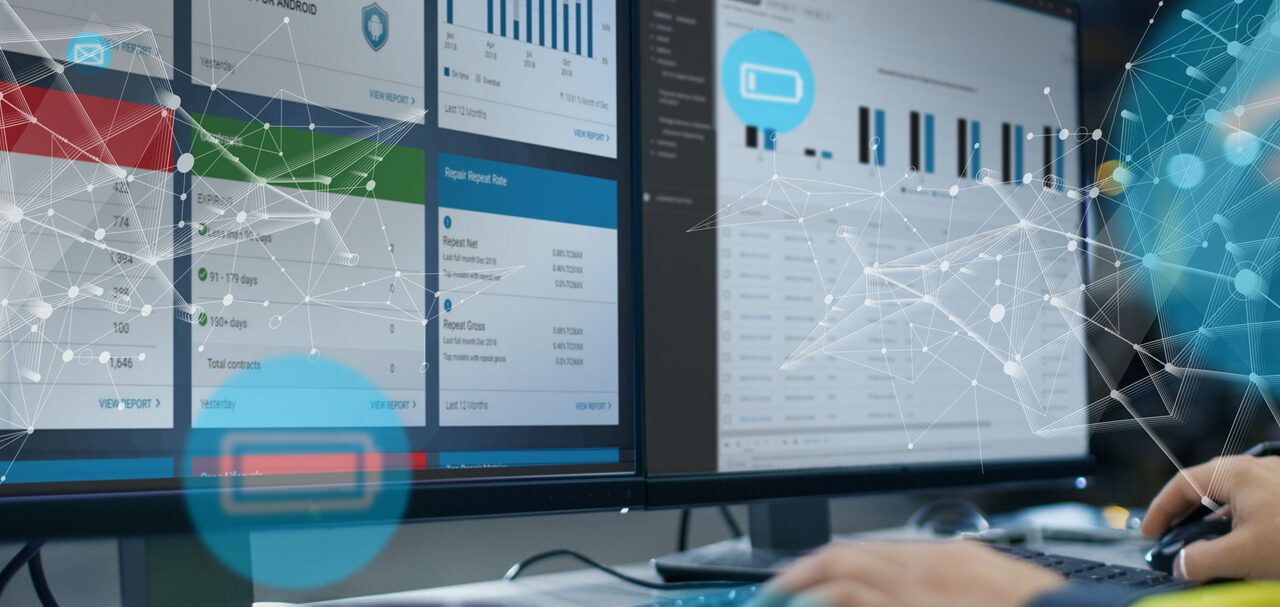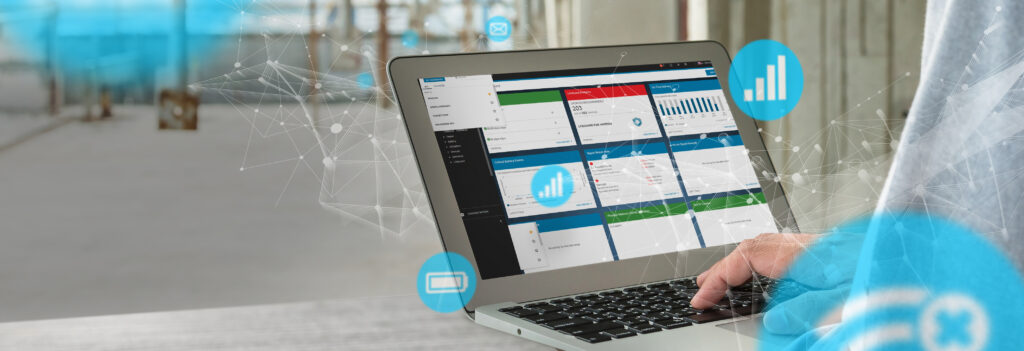
Beyond the IT Department’s Idea of MDM: Focus on Dedicated Operations Technology

Ask any technology expert about MDM (mobile device management), and they will tell you it’s most commonly found in businesses that need to track their users’ smartphones, tablets and laptops. Like many technical terms, MDM is a broad definition that today can also encompass desktop computers in users’ homes (when employees work from home, for example) and specialist devices used in retail and warehousing environments.
The broad sweep of devices covered by many MDM platforms is also the most significant failing for certain enterprise use cases. In large warehouses, medical organizations or retail settings, MDM solutions often started their evolution as management and cybersecurity systems for the IT Helpdesk, covering smartphones and laptops. When we think of device management, we immediately (and rightly) assume the person in the administrator’s chair is an IT professional.
In many settings, the need for specialist knowledge of mobile device oversight platforms is apparent, yet MDM doesn’t fulfil a complete brief. To take a single example of the mismatch, today cellphones’ batteries are not replaceable so MDM will not monitor the battery life of, for instance, barcode scanners and charging points. It’s capabilities like these that just aren’t built into the platform.

Furthermore, the practical insights that operational decision-makers need are missing from the IT-centric MDM platform. When devices on the warehouse or engineering facility floor are not functioning at their optimal, it negatively affects the business. There are no predictive insights available about device health (most MDM platforms equate “malware-free” with “healthy”), so there are significant dangers around device failure completely stopping an employee’s workflow. In automated systems of production, a single point of failure can mean a complete halt to operations.
Device printers, batteries and overall operational integrity are critical metrics in many industries on devices used for long hours for almost every aspect of a day’s work. It’s imperative, therefore, that keeping handheld devices safe onsite is just the starting point: information feeds need to correspond with the business’s strategic needs and be 100% relevant to maintaining focus on efficiency and workflow.
It’s also vital that information gets presented in ways that show the correct information in real-time, clearly and with a minimum of specialist technology knowledge assumed. The presentation “layer” of traditional MDM platforms is unsuited to a solution designed to be used outside the IT department. Outside of IT, the presentation of key information is much more likely to need to reach a broad audience. Thankfully, specialist platforms in the MDM space present data in a top-down manner, where key insights are surfaced, yet with the capability for operators to “dill down” through informational layers to create a complete picture.
In retail, medical and logistics enterprises, proactive action has to be taken before problems with mobile devices occur. That ability stands on real-time and historical data being available to administrators and managers who oversee overall production. The same data will show where resources are tight and where there is spare capacity, plus where there are opportunities for cost savings and greater efficiency.

Designed from the ground up not as an IT management and cybersecurity tool but as a management platform for use in business-critical settings, the Zebra VisibilityIQ Foresight platform is today’s standard by which others are judged. The back end software hosted in the cloud provides historical and real-time data on which proper decision-making can be based. It presents data feeds from many thousands of devices in aggregated, clearly-laid out displays containing all the required information for busy operators and decision-makers.
The software platform leverages the latest in AI algorithmic processing to quickly show where resources are required and how existent devices and peripherals are functioning across distributed sites. The platform generates actionable insights from historical data and shows newly-emerging trends in real-time.
Zebra VisibilityIQ Foresight works alongside existing MDM solutions or can be dropped into place as a system refresh, integrating with other enterprise management systems as part of a coherent and business-focussed IT stack. Strategising can only occur based on interconnected technologies and point products designed for specific use-cases. Foresight grants retail, medical and warehousing operational managers the information they need every day, turning technology to the business’s gain.
To learn more about Zebra VisibilityIQ Foresight and how it can help you transform your data gathering and presentation for mobile devices, reach out to a specialist advisor near you today.
READ MORE
- 3 Steps to Successfully Automate Copilot for Microsoft 365 Implementation
- Trustworthy AI – the Promise of Enterprise-Friendly Generative Machine Learning with Dell and NVIDIA
- Strategies for Democratizing GenAI
- The criticality of endpoint management in cybersecurity and operations
- Ethical AI: The renewed importance of safeguarding data and customer privacy in Generative AI applications
